Round up of the Year: Top 12 Science Stories from 2013
2013 has been a busy year for scientists. IBTimes UK looks at some of the biggest news stories in science over the last 12 months.
January
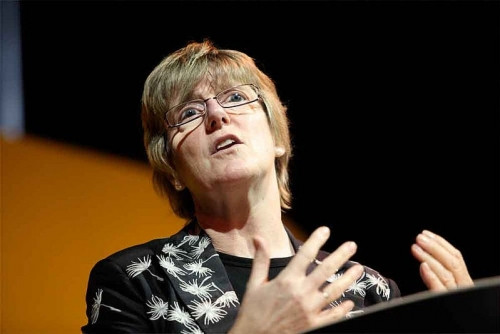
The year started with a dire warning from England's chief medical officer Dame Sally Davies, who said the world is facing an antibiotic "apocalypse". Speaking to MPs at a science and technology committee meeting, she said: "It is clear that we might never see global warming. The apocalyptic scenario is that, if I need a new hip in 20 years, I'll die from a routine infection because we've run out of antibiotics."
Davies said antibiotics are not being used effectively and that no new drugs are being developed to replace them. Margaret Chan, director-general of WHO, added: "In terms of new replacement antibiotics, the pipeline is virtually dry, especially for gram-negative bacteria. The cupboard is nearly bare.
"A post-antibiotic era means, in effect, an end to modern medicine as we know it. Things as common as strep throat or a child's scratched knee could once again kill."
February
In February a huge meteorite crashed in Russia causing widespread damage and almost 1,500 injuries. The Chelyabinsk meteor was the biggest to crash into Earth for over 100 years, measuring about 17 metres across.
The meteorite was captured on film by numerous people and footage of the crash was uploaded online, showing the fireball flying across the sky.
A month after the crash, Russia's deputy prime minister Dmitry Rogozin called for the world's leading powers to work together to develop a system to intercept objects falling from space. "Neither we nor the Americans have such technologies," he told Interfax news agency.
March
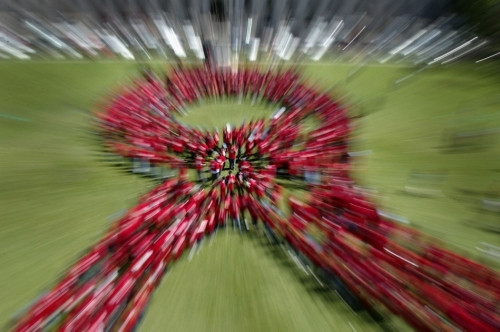
A baby girl born with HIV was cured of the disease in March through very early drug treatment – she was given anti-retroviral treatment the day after she was born in a bid to combat the disease.
The baby remained on medication until she was 18 months later and ten months after treatment stopped, tests showed she was still HIV-free.
Doctors said it was the first documented case of HIV remission in a child at a meeting in Atlanta. Publishing their findings later in the year, lead author Deborah Persaud said: "Our findings suggest that this child's remission is not a mere fluke but the likely result of aggressive and very early therapy that may have prevented the virus from taking a hold in the child's immune cells.
Prompt antiviral therapy in newborns that begins within hours or days of exposure may help infants clear the virus and achieve long-term remission without the need for lifelong treatment by preventing such viral hideouts from forming in the first place."
April
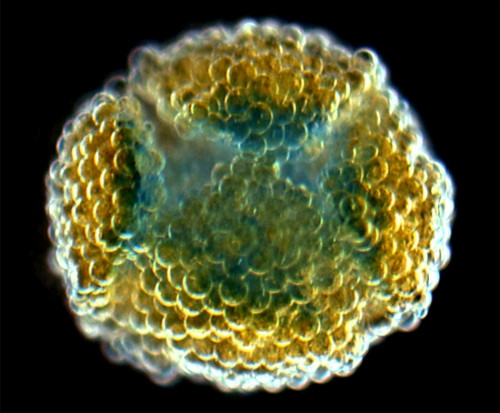
In April scientists built a 3D printer that could make living tissue, but without the problems of stem cells. Researchers at Oxford University printed materials that share several properties of living tissues that can perform cellular functions.
The scientists said their printed "droplet networks" could be used as building blocks to deliver drugs to places they are needed, or to repair damaged human tissue.
Researchers noted that these droplets did not have the same problems of stem cells, which had previously been created with a 3D printer, because they do not contain any genetic material that could malfunction or be rejected by the body.
May
Canadian astronaut Chris Hadfield garnered a mass following on social media websites after he started tweeting and posting to Facebook updates from the cosmos and photos from the International Space Station.
In May, the 53-year-old began preparations to return to Earth and after he handed over controls of the ISS to Russian astronaut Pavel Vinogradov, Hadfield recorded a cover of David Bowie's Space Oddity and posted it to YouTube.
He filmed himself playing guitar and singing the 1969 hit and wrote: "With deference to the genius of David Bowie, here's Space Oddity, recorded on station. A last glimpse of the world."
The video has since been watched almost 20 million times.
June
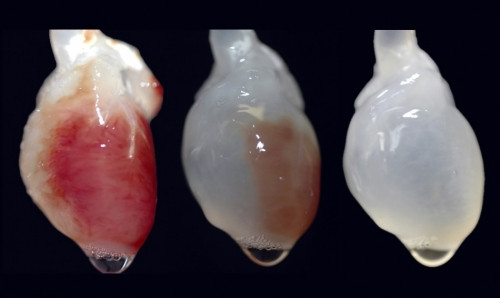
In June scientists said organ donation may one day be a thing of the past as they are becoming increasingly able to create laboratory-grown organs.
Researchers say they are able to implant body parts that have been grown in labs and are currently working on complex organs such as lungs, livers and kidneys. They said to expect custom-grown organs within a decade.
Harald Ott, from Massachusetts General Hospital, said it was technically possible to place cells on to a scaffold shaped like an organ then "regenerate an organ that will not be rejected and can be grown on demand and transplanted surgically, similar to a donor organ".
July
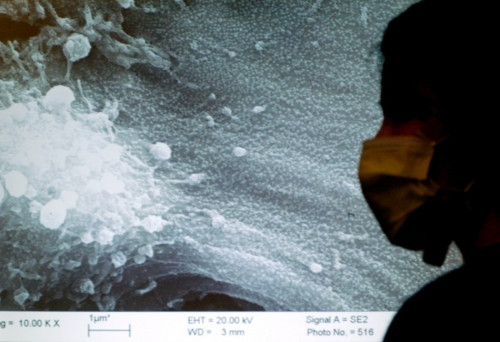
Throughout 2013, news circulated about the Middle East respiratory syndrome coronavirus. The Sars-like virus was first detected in Saudi Arabia and has since spread across the globe, with cases recorded in the UK, France, Jordan, Oman and Tunisia, amongst others.
From September 2012, when the disease was first recorded, to present day, there have been 163 cases of the disease and 71 deaths.
In July, the World Health Organisation's International Health Regulations Emergency Committee met twice to debate the disease and what action should be taken to prevent its spread.
"Based on these views and the currently available information, the Director-General accepted the Committee's assessment that the current MERS-CoV situation is serious and of great concern, but does not constitute a Public Health Emergency of International Concern at this time."
August
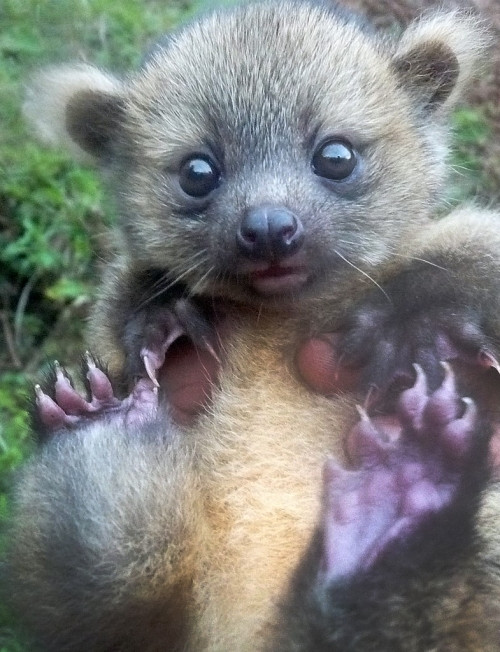
In August, scientists discovered the first new species of carnivore in the western hemisphere for 35 years. Researchers said the olinguito looked like a cross between a house cat and a teddy bear.
The olinguito had been the victim of mistaken identity for a century and experts said the discovery was "incredibly rare" for the 21<sup>st century.
Research leader Kristofer Helgen, curator of mammals at the Smithsonian's National Museum of Natural History, said: "The discovery of the olinguito shows us that the world is not yet completely explored, its most basic secrets not yet revealed.
"If new carnivores can still be found, what other surprises await us? So many of the world's species are not yet known to science. Documenting them is the first step toward understanding the full richness and diversity of life on Earth."
September

Thirty six years after its launch, Nasa scientists confirmed Voyager 1 had become the first man-made object to leave our solar system.
Experts said in September that Voyager 1 left the heliosphere and entered interstellar space on 25 August last year.
Ed Stone, Voyager project scientist based at the California Institute of Technology, Pasadena, said: "Now that we have new, key data, we believe this is humankind's historic leap into interstellar space.
"The Voyager team needed time to analyse those observations and make sense of them. But we can now answer the question we've all been asking: 'Are we there yet?' Yes, we are."
October
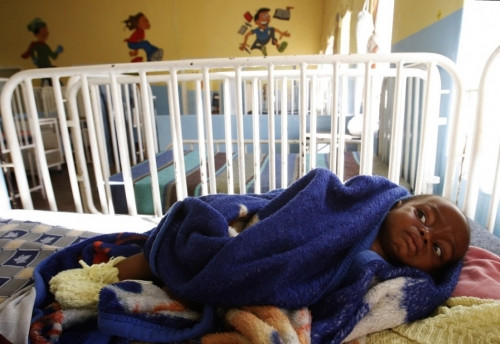
Pharmacutical giant GlaxoSmithKline announced in October that it will be producing the world's first malaria vaccine that it hopes will save millions of lives.
The company said the vaccine, RTS,S, was being funded with a grant from the Bill & Melinda Gates Foundation.
Results from a large scale clinical trial in South Africa showed the drug was the most clinically advanced malaria vaccine to date, halving the number of children diagnosed with the disease.
GSK said it will be selling the vaccine at cost price plus five percent, which will be used to fund further research. It is hoped the vaccine will begin being used as early as next year.
November

Comet Ison, or the Comet of the Century, dominated news in November. Pegged to be the brightest comet for hundreds of years, the sungrazer passed Earth and made its way to the sun, reaching perihelion (when it is at its closest distance to the sun's surface) on 28 November.
There was widespread debate over whether the Ison would survive its close encounter, as its size meant it was right on the boarder of being big enough to stay in one piece.
However, in the first week of December it was established that the comet had not made it around the Sun and had broken up during perihelion.
Following its death, Astrophysicist Karl Battams wrote an obituary for the comet, saying: "Survived by approximately several trillion siblings, Comet Ison leaves behind an unprecedented legacy for astronomers, and the eternal gratitude of an enthralled global audience."
December
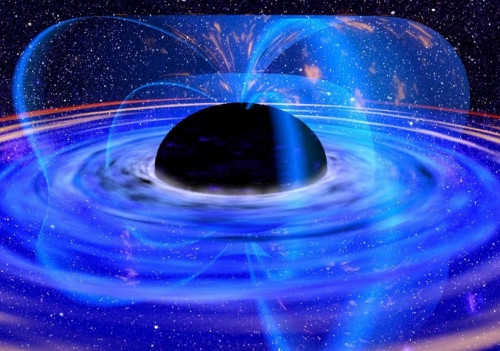
2013 drew to a close with a mind-boggling story about how the universe may be a hologram.
Reported in Nature magazine, scientists said they had uncovered "compelling evidence" that the universe was one huge projection.
Two days after publishing the original article, Nature noted that over a million people had read the report.
Japanese physicists said two separate papers looking at the theory first proposed by Juan Maldacena in 1997 came to the same conclusion, suggesting the universe is a hologram.
"It seems to be a correct computation," Maldacena said, commenting on the report. "The whole sequence of papers is very nice because it tests the dual [nature of the universes] in regimes where there are no analytic tests."
© Copyright IBTimes 2025. All rights reserved.






















